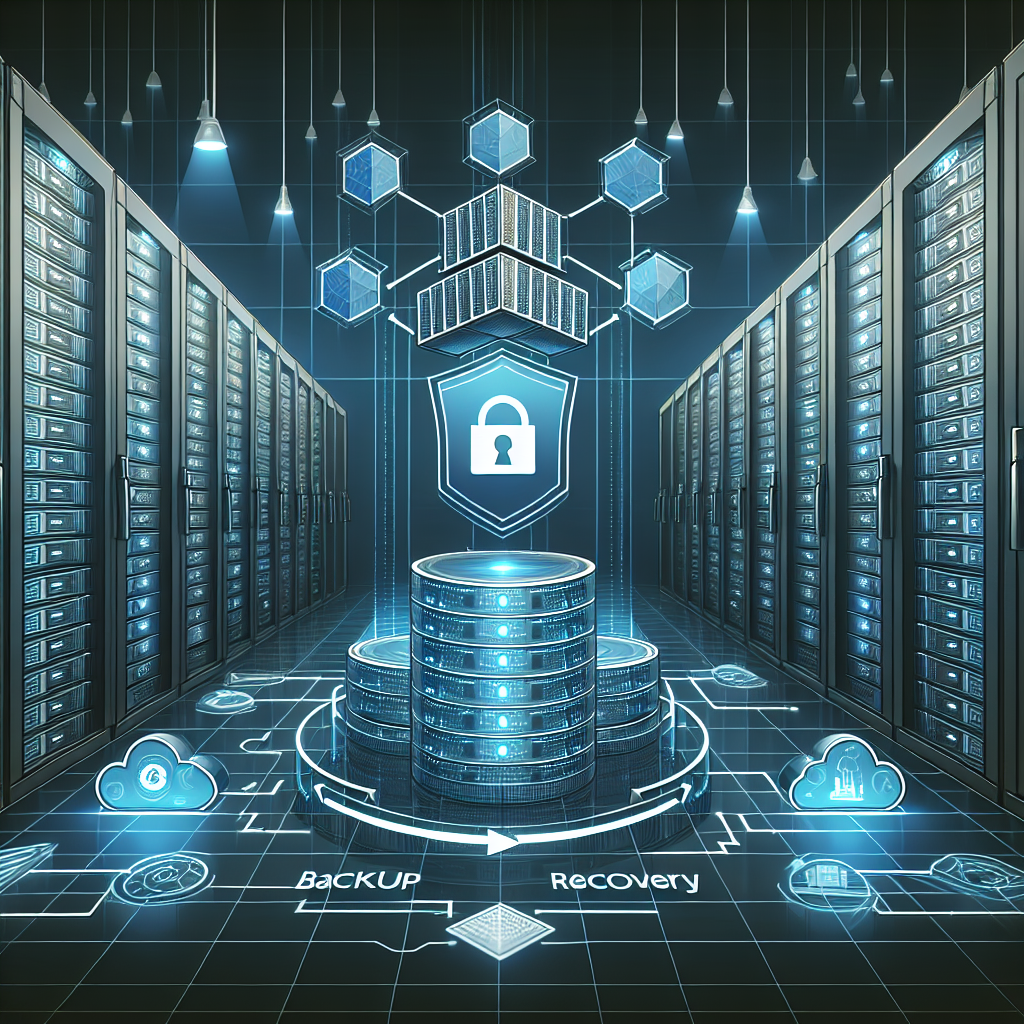Your cart is currently empty!
Best Practices for Data Center Backup and Recovery: How to Protect Your Critical Data

In today’s digital age, data is king. From customer information to financial records, businesses rely on data to make informed decisions and operate efficiently. However, data is not immune to threats such as cyberattacks, hardware failures, and natural disasters. That’s why having a solid data center backup and recovery plan is essential for protecting your critical data.
Here are some best practices for data center backup and recovery to help ensure your data is safe and secure:
1. Develop a comprehensive backup strategy: Before implementing any backup and recovery solutions, it’s important to develop a comprehensive strategy that outlines your organization’s data protection needs. Consider factors such as the types of data you need to backup, how often backups should be performed, and how long backups should be retained.
2. Use a combination of backup methods: To ensure the highest level of data protection, it’s recommended to use a combination of backup methods, such as full backups, incremental backups, and differential backups. Full backups capture all data at a specific point in time, while incremental and differential backups only capture changes made since the last backup. This allows for faster backup and recovery times while reducing storage costs.
3. Implement data encryption: Data encryption is essential for protecting sensitive information from unauthorized access. By encrypting your backup data, you can ensure that even if it falls into the wrong hands, it remains unreadable and secure.
4. Test your backups regularly: Regularly testing your backups is essential to ensure that they are functioning correctly and that your data can be recovered in the event of a disaster. By performing regular backup tests, you can identify and address any issues before they impact your business operations.
5. Store backups offsite: Storing backups offsite is crucial for protecting your data from physical threats such as fires, floods, and theft. By storing backups in a secure offsite location, you can ensure that your data remains safe and accessible even in the event of a catastrophic event.
6. Automate backup and recovery processes: Automating backup and recovery processes can help reduce the risk of human error and ensure that backups are performed consistently and on schedule. By automating these processes, you can also free up valuable time and resources that can be allocated to other critical business tasks.
7. Monitor and audit backup activities: Monitoring and auditing backup activities is essential for ensuring that backups are performed correctly and that your data is protected. By tracking backup activities, you can quickly identify any issues or failures and take corrective action before they impact your business operations.
In conclusion, implementing best practices for data center backup and recovery is essential for protecting your critical data and ensuring business continuity. By developing a comprehensive backup strategy, using a combination of backup methods, implementing data encryption, testing backups regularly, storing backups offsite, automating backup and recovery processes, and monitoring and auditing backup activities, you can safeguard your data against threats and disasters. Remember, it’s not a matter of if a data loss event will occur, but when. Be prepared and protect your critical data with a solid backup and recovery plan.

Leave a Reply